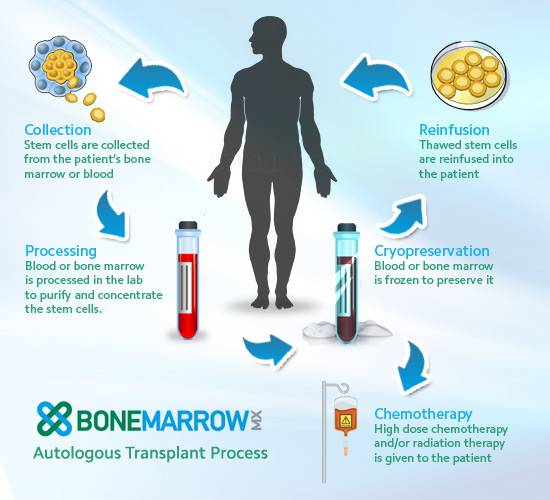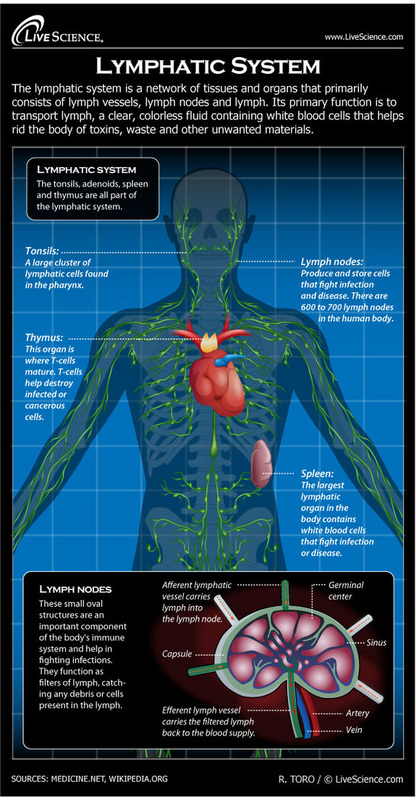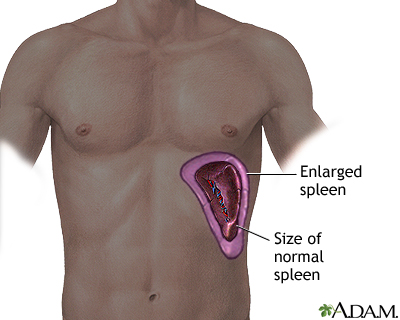At What Rate?
Mortality in patients with sickle cell disease peaks between 1 and
3 years of age, chiefly due to sepsis caused by Streptococcus.
Mortality in sickle cell disease peaks at 1-3 years of age,chiefly due to Streptococcus pneumoniae (Pneumonia)
pneumoniae, estimated to occur in a frequency of 8 episodes per 100 person-years of observation in affected children under 3 years of age.
3 years of age, chiefly due to sepsis caused by Streptococcus.
Mortality in sickle cell disease peaks at 1-3 years of age,chiefly due to Streptococcus pneumoniae (Pneumonia)
pneumoniae, estimated to occur in a frequency of 8 episodes per 100 person-years of observation in affected children under 3 years of age.








